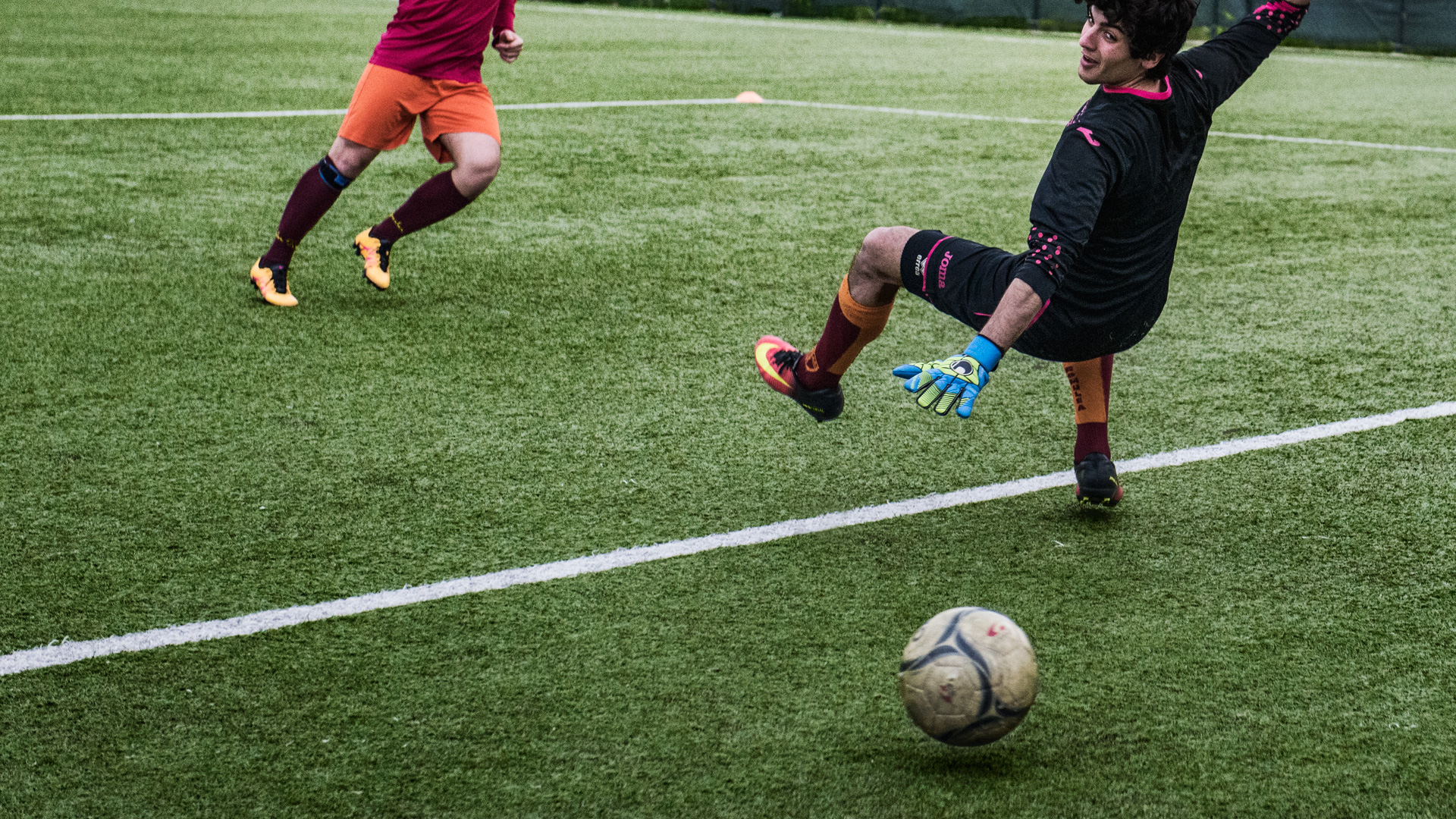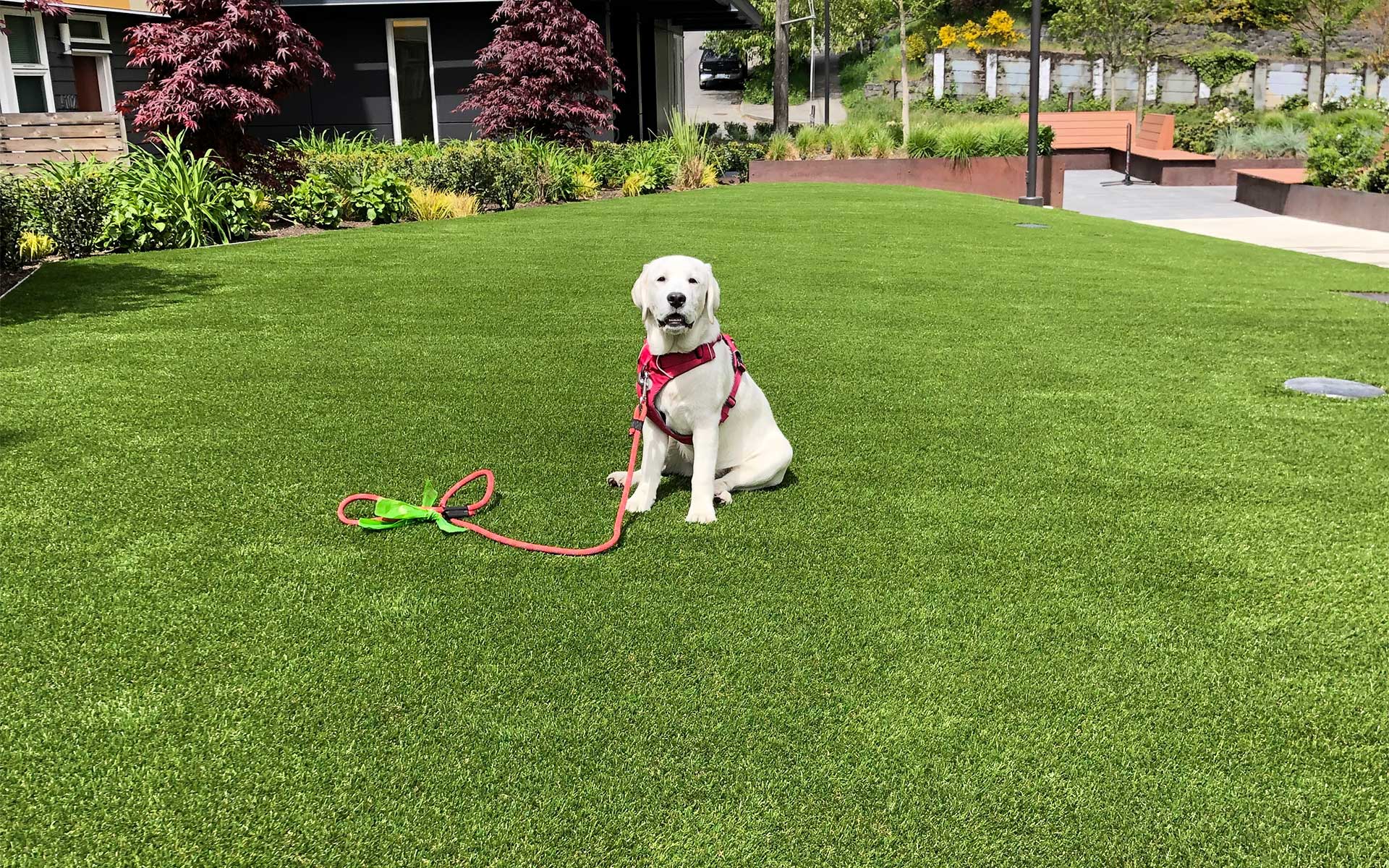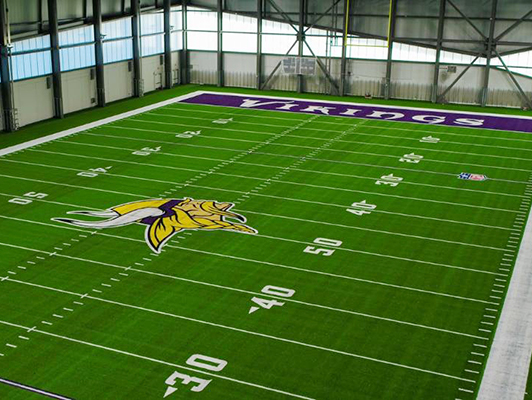Well-Known Artificial Turf Companies Phoenix for a Lush and Green Lawn
Well-Known Artificial Turf Companies Phoenix for a Lush and Green Lawn
Blog Article
Delve Into the Environmental Advantages of Opting for Artificial Turf Solutions
The adoption of synthetic grass services presents an engaging chance to deal with pushing environmental difficulties. By dramatically reducing water usage and lessening the application of dangerous chemicals, these choices not only promote sustainable landscaping however likewise secure regional ecosystems. Furthermore, the lower carbon impact connected with lowered maintenance tasks adds to a much more sustainable method to land administration. Nonetheless, the ramifications of these advantages prolong beyond simple conservation initiatives, questioning regarding their lasting influence on habitat conservation and overall eco-friendly equilibrium. Checking out these dimensions reveals a complicated interplay worth thinking about.
Water Conservation Conveniences
One of one of the most significant advantages of fabricated grass is its capability to conserve water. Typical grass lawns need considerable watering, especially in locations vulnerable to drought or water limitations. In comparison, synthetic grass does not need watering, substantially decreasing the general need for water resources. This feature is particularly useful in arid areas where water scarcity is a pressing worry.
By eliminating the demand for routine watering, synthetic grass adds to lasting landscape practices and aids minimize the ecological influence of extreme water usage. The preservation of water prolongs to the decrease of runoff, which can lead to soil erosion and waterway contamination.
In addition, the setup of synthetic grass allows house owners and towns to assign water resources more efficiently, concentrating on crucial usages such as alcohol consumption water and agriculture. The change in the direction of man-made grass not only advertises responsible water usage however additionally lines up with broader ecological objectives aimed at preserving natural resources.
As communities progressively focus on sustainability, the water conservation benefits of synthetic grass present a compelling instance for its fostering in industrial and domestic landscaping tasks.
Decreased Chemical Usage
The shift to artificial turf considerably decreases the dependence on chemical therapies typically used in all-natural yard maintenance. Conventional grass monitoring normally entails the application of fertilizers, pesticides, and herbicides to promote growth and control bugs. These chemicals can posture risks to human health, neighborhood wildlife, and the atmosphere, adding to soil and water contamination.
In comparison, artificial lawn gets rid of the demand for these harmful materials. When mounted, it needs marginal maintenance, mostly including regular cleaning and occasional infill replenishment. This reduction in chemical usage not only benefits the prompt atmosphere however also adds to more comprehensive ecological stability. By lessening the release of synthetic substances into the ecological community, man-made grass promotes healthier soil and water systems.
Furthermore, the lack of chemical drainage related to synthetic grass installations aids shield regional rivers from contamination, sustaining marine life and keeping biodiversity. Artificial turf companies phoenix. As neighborhoods significantly focus on lasting practices, going with synthetic lawn offers a sensible service that straightens with environmental conservation goals. With this change, homeowner can appreciate lavish eco-friendly areas without compromising ecological health, leading the way for a more sustainable future
Lower Carbon Impact

Furthermore, the installation of synthetic grass can cause considerable water conservation. All-natural yards need considerable quantities of water for watering, which not only adds to the carbon footprint related to water removal and therapy yet likewise pressures regional water resources. In contrast, synthetic grass requires very little maintenance, calling for no watering, consequently dramatically lowering water use and its connected energy costs.
Furthermore, the longevity of synthetic grass contributes to its decreased carbon effect. With a life-span of up to 15 years or even more, the demand for constant substitutes is lessened, resulting in much less waste and reduced energy intake in production and disposing of traditional turf options. On the whole, synthetic grass presents a sustainable choice for ecologically aware landscaping.
Environment Preservation
Habitat conservation is an important factor to consider in the discussion over landscape design options, especially when contrasting fabricated lawn to natural turf. All-natural lawn lawns typically need comprehensive maintenance, consisting of using herbicides, fertilizers, and chemicals, which can detrimentally affect local environments. These chemicals can seep into the dirt and waterways, damaging indigenous plants and fauna and interfering with local habitats.
Man-made turf gets rid of the need for unsafe chemicals, thus protecting neighboring wild animals and maintaining the integrity of bordering ecological communities. The setup of synthetic grass can lead to the conversion of previous turf locations right into more biodiverse landscapes, such as pollinator gardens or native plant areas, which can sustain neighborhood straight from the source wild animals.
Ultimately, the change to fabricated grass not just preserves water and lowers maintenance efforts however also cultivates an extra unified partnership between human activities and the native environment, promoting habitat preservation at the same time.
Long-Term Sustainability
Long-term sustainability is a critical consider reviewing the advantages of artificial turf over traditional turf lawns. Among one of the most significant benefits of fabricated lawn is its toughness; it can last as much as 15-20 years with minimal upkeep, whereas all-natural grass requires frequent reseeding and replacement. This long life lowers the requirement for Bonuses consistent sources, such as water, fertilizers, and chemicals, which are necessary for maintaining a healthy and balanced turf yard.
In addition, synthetic grass adds to a reduction in carbon exhausts related to grass treatment devices. Typical lawns often require gas-powered lawn mowers, leaners, and blowers, all of which add to air pollution. Arizona turf. In contrast, synthetic grass removes the requirement for such tools, promoting a cleaner setting
Additionally, the production of artificial turf significantly uses recycled products, enhancing its sustainability account. As producers take on green techniques, the ecological footprint of artificial grass remains to decrease.

Conclusion
The fostering of fabricated turf options offers substantial ecological benefits, consisting of significant water preservation, lowered dependence on unsafe chemicals, and a lower carbon footprint. Moreover, artificial lawn aids in maintaining natural habitats by reducing land disruption and promoting long-lasting sustainability via using durable products. Collectively, these factors emphasize the capacity of man-made turf to add favorably to environmental health and supply a sensible option to conventional landscaping techniques in a significantly resource-conscious globe.
In comparison, synthetic official site grass does not need watering, dramatically minimizing the general need for water sources. By minimizing the release of artificial substances right into the community, fabricated turf promotes healthier dirt and water systems.
Furthermore, the installation of man-made lawn can result in substantial water conservation. In contrast, synthetic lawn needs marginal maintenance, needing no watering, thereby substantially decreasing water use and its connected power expenses.

Report this page